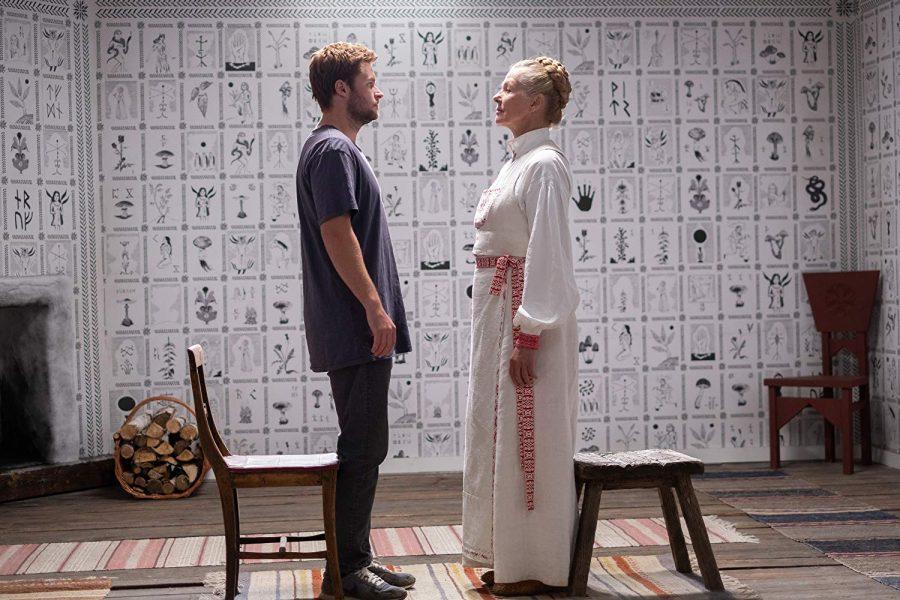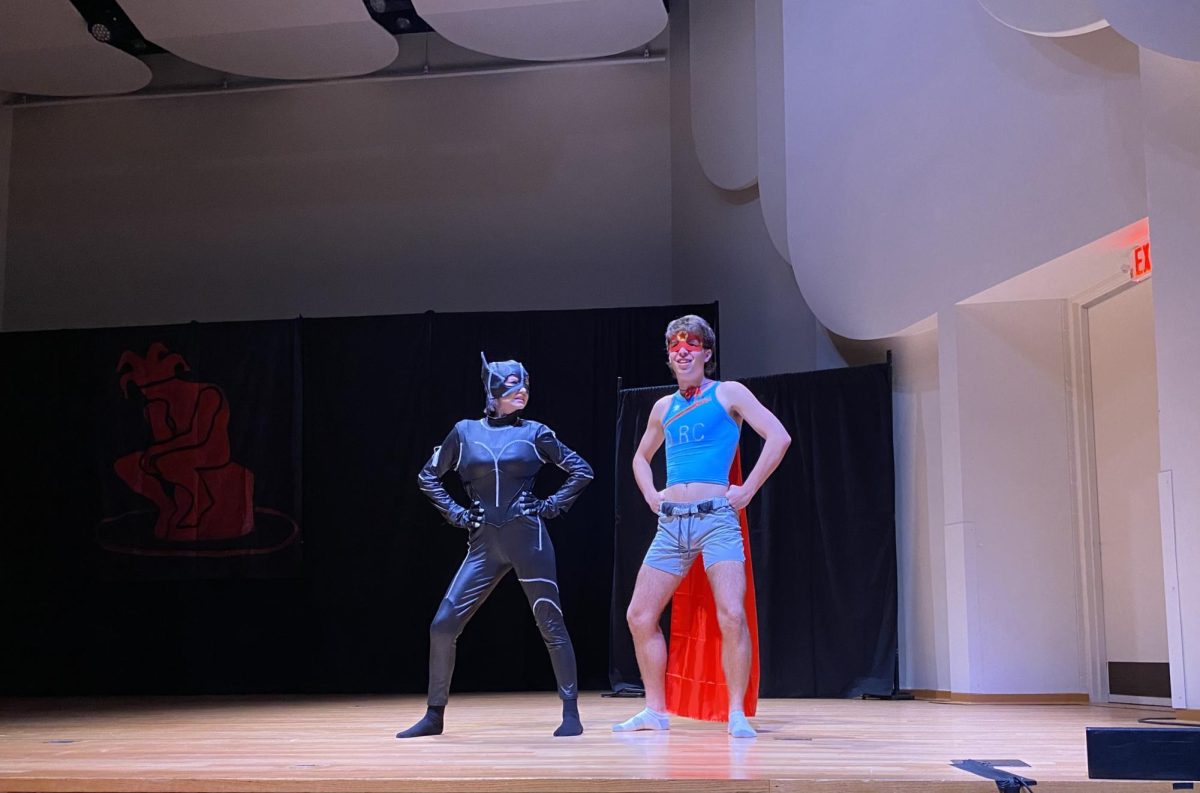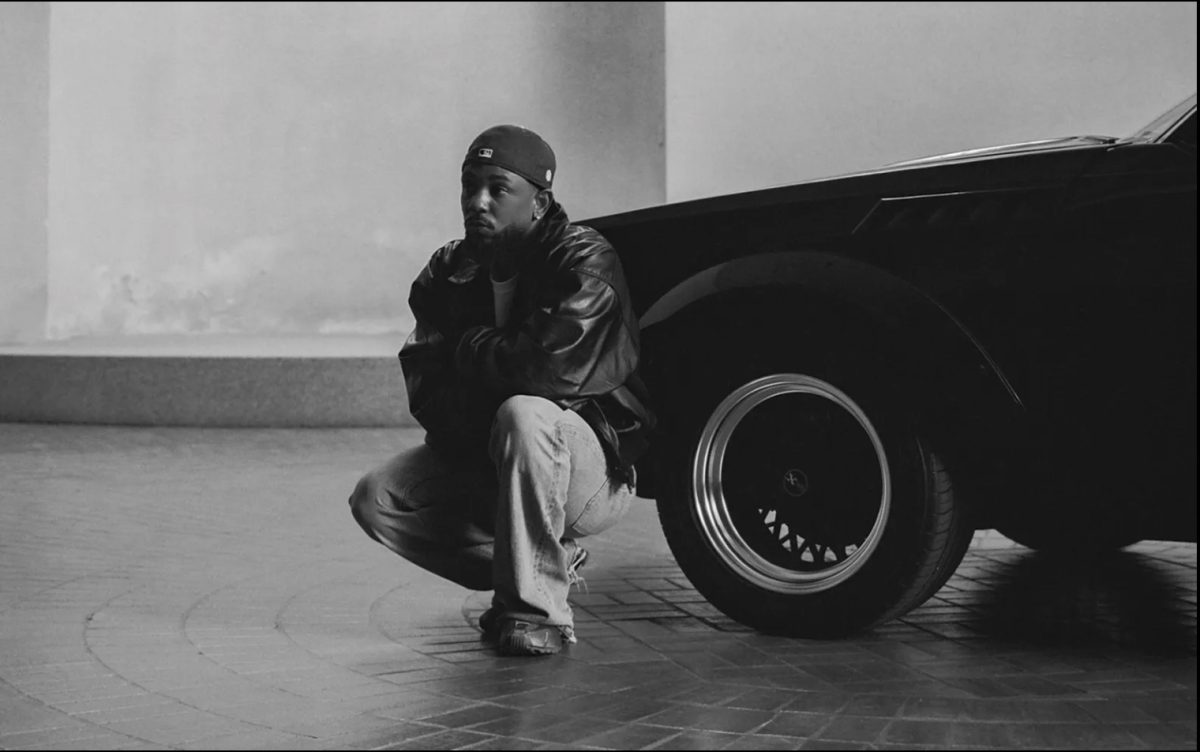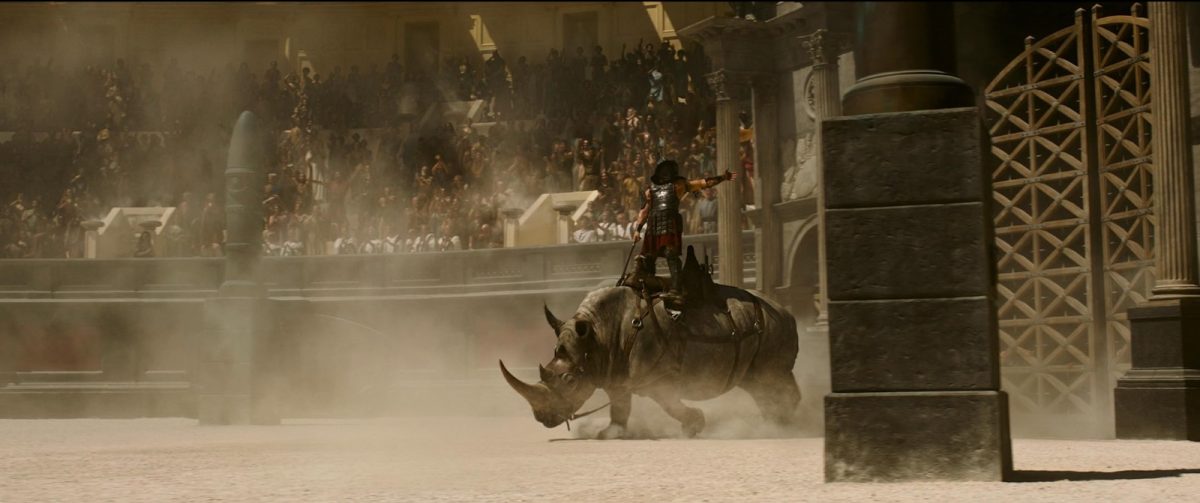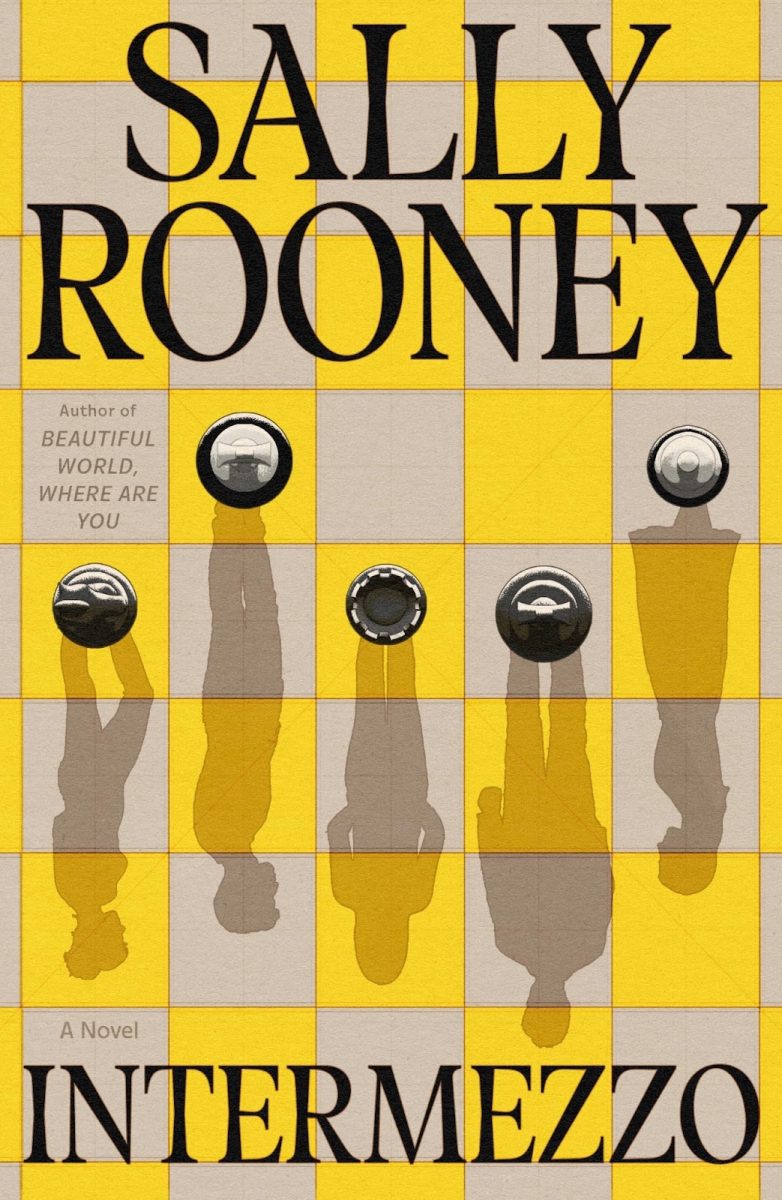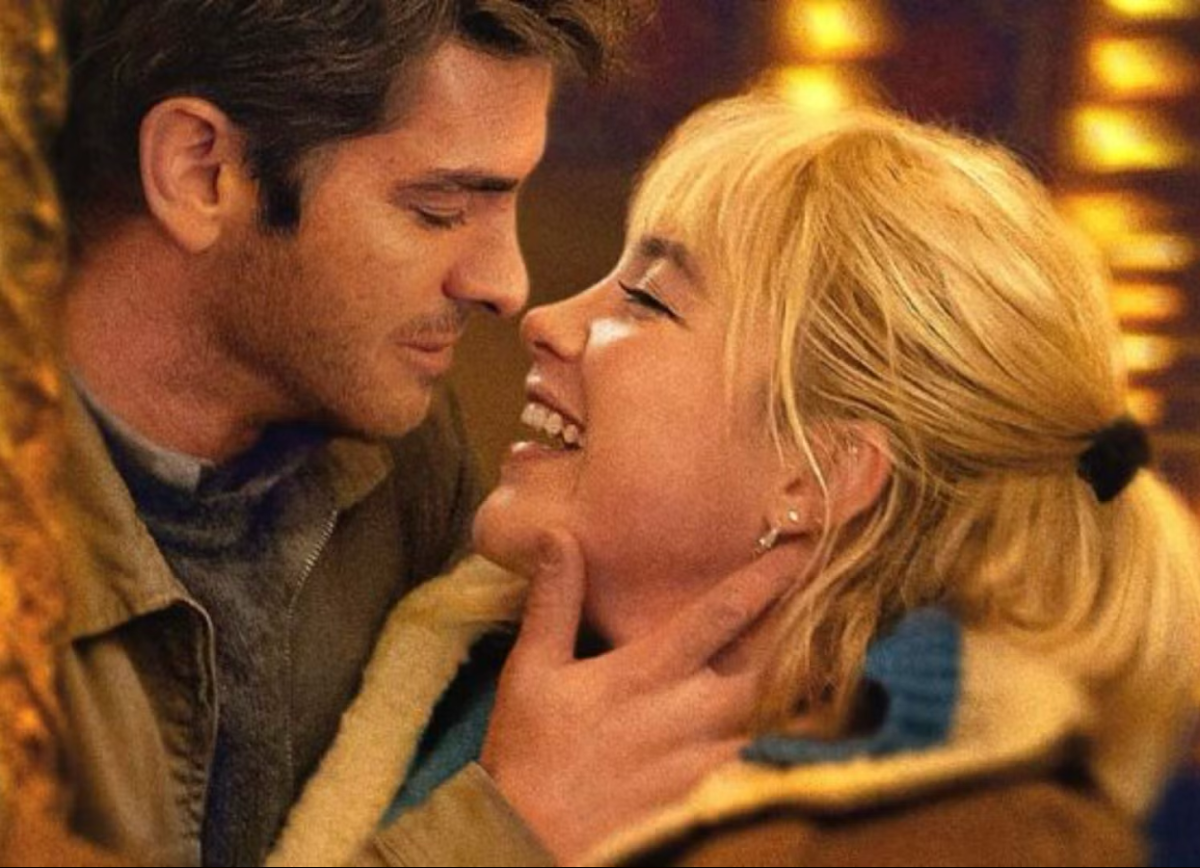Summer, traditionally, is a cinematic wasteland. All that the squinting eyes and coiled, sweaty necks see are mirages of art inside an icy darkness. So instead of picking through the dumpster, I want to highlight two films worth scrutinizing through the bacon-waved air. These films, Ari Aster’s Midsommar and Quentin Tarantino’s Once Upon a Time … In Hollywood, make for an interesting comparison and analysis. They are both distinctly mediocre and are examples of a creative feast becoming too rich to digest. Though I hesitate to assail Aster and Tarantino, especially amidst the tumble of refuse, they are two proven artists who have previously delivered welcome oases. It was inevitable that any new work would be ravenously consumed by art-moviegoers who now wander, starving, through a carnival of Marvel’s explosions.
Films obsessed with milieu, whether that milieu is fictional or historical, always provide a specific happiness. One can admire the creative virtuosity of Beetlejuice just as much as the historical veracity of Lincoln. Both types of film sing with the positive energy of the artist, animated by an assiduous intellect and creative enthusiasm. The theatrical result clamps down on the medium with vigor, a hold that slowly leaks atmosphere onto audiences and characters alike, joining all in a nearly imperceptible symbiosis. Both Tarantino and Aster’s new films create these environments of intense artistic commitment, but either crowd them with dialogue or belabor them into obsolescence.
It is well known that intertextuality for Tarantino is a kind of climbing fever. The director wears his influences on his sleeve, and so rangy is his nerdy fiefdom that one marvels at the superfluity, secretly fist-pumping when they sort out a reference. The film-historical lives in the sensational and the lurid, producing artistic novelty where before there existed an appreciable but remote act of formalism. This makes his environments at once immersive and slightly evasive, though ultimately creating a gestalt of perverse academic gratitude where the visceral machinations are sharpened by the director’s encyclopedic mind.
Knowing this made me giddy with anticipation when I heard about Once Upon a Time … in Hollywood, Tarantino’s new film, released July 26. Hollywood history, late-sixties L.A., the Manson murders — all elements that seemed to promise the formative friction of a now-sanitized culture. If nothing else, the film’s conceit prickled a queer, collective nostalgia I hoped would be innervated with the director’s signature flourishes.
Aster, known for the switch-backing menace of 2018’s Hereditary, relies on disparate convictions, smolderingly sinister visual concoctions oozing a kind of Venetian rot à la Thomas Mann or Nicholas Roeg. Slowly involving vision through steps of ritualistic immersion, his films are like an incessant chanting, mesmerizing viewers through the strange inevitability of creative dominion. Aster is the filmmaker of encroachment, releasing incoming circles that blot out all other artists, letting us in on his creative secret. Like Tarantino, Aster’s films authenticate themselves through commitment to aesthetics and high-brow creative indulgence. And like Tarantino’s, Aster’s newest film, Midsommar, becomes a tedious, leaden bore.
I knew nothing about Aster’s film, but remembered fondly the imminent dread and refined species of fear he created just a summer before in Hereditary. The new film, about a group of students who travel to Sweden to observe and partake in the summer rituals of a rural community, is a different experience from the nerdy whir of Tarantino’s film.
But I came out of each thinking vaguely the same thing. Each was a bloated, pain-staking behemoth fed out of control by willing producers and undisciplined directors. Once Upon a Time suffers from multiple twenty-five-minute-plus, set-piece scenes, meant to be, above all, humorous. The disappointment? The scenes aren’t funny. Tarantino’s calling-card, violence, is belated and too-heavily deployed, as if Tarantino realized, by the end of a dithering, dialogue-driven film, that he didn’t sate audience’s hunger for his slapstick carnage. So, by injecting his resolution with some smash-mouth choreography, he avoids chagrin, although not quite.
Midsommar remained interesting longer, mostly because of the film’s commitment to slow-marching dread. Whereas Tarantino’s films fling themselves across the theater, Aster’s settle in our bones. That is, until around the hour-and-forty-five-minute mark of Midsommar, where incoherence ceases to engross and topples into endless, desultory confusion. Left holding a tense position for too long, I eventually broke into quivers, and then eventually into a resigned blob. Because there was no payoff. The film is so experimental it balloons into nonsense. Tarantino’s, the opposite; he found a subject he loves so much that fell into the trap of talking too much about it, unable to transport the compelling novel in his mind onto the screen. Scenes dragged, actors worked to make them not drag, and yet they fitfully dragged, crackling with the wit of a marshland. Aster’s epoch-length sequences without a word tipped over, past a fever pitch, into death, where the living stopped caring so long ago they remarried and had kids.
A comparison of Midsommar and Once Upon a Time … in Hollywood is useful because of the uniqueness of each’s failure. They represent two divergent visions of film that have, in the past, busted onto the landscape and altered or stimulated discourse. While one director sees film as a continuum of influence, musing on the historical with almost conspiratorial specificity, the other uses a tenuously-historical phenomenon to incorporate his mind’s lurid psychedelia, riffing on nothing other than his own writhing creations and duplicative imaginings. One is a revolutionary whose knowledge of the regime is so comprehensive as to upend it, another is a student with a terrible grade-point average whose mind operates with a childish insolence and a painter’s instinct for color. Both, unfortunately, this summer, failed at creating rousing works of art.


